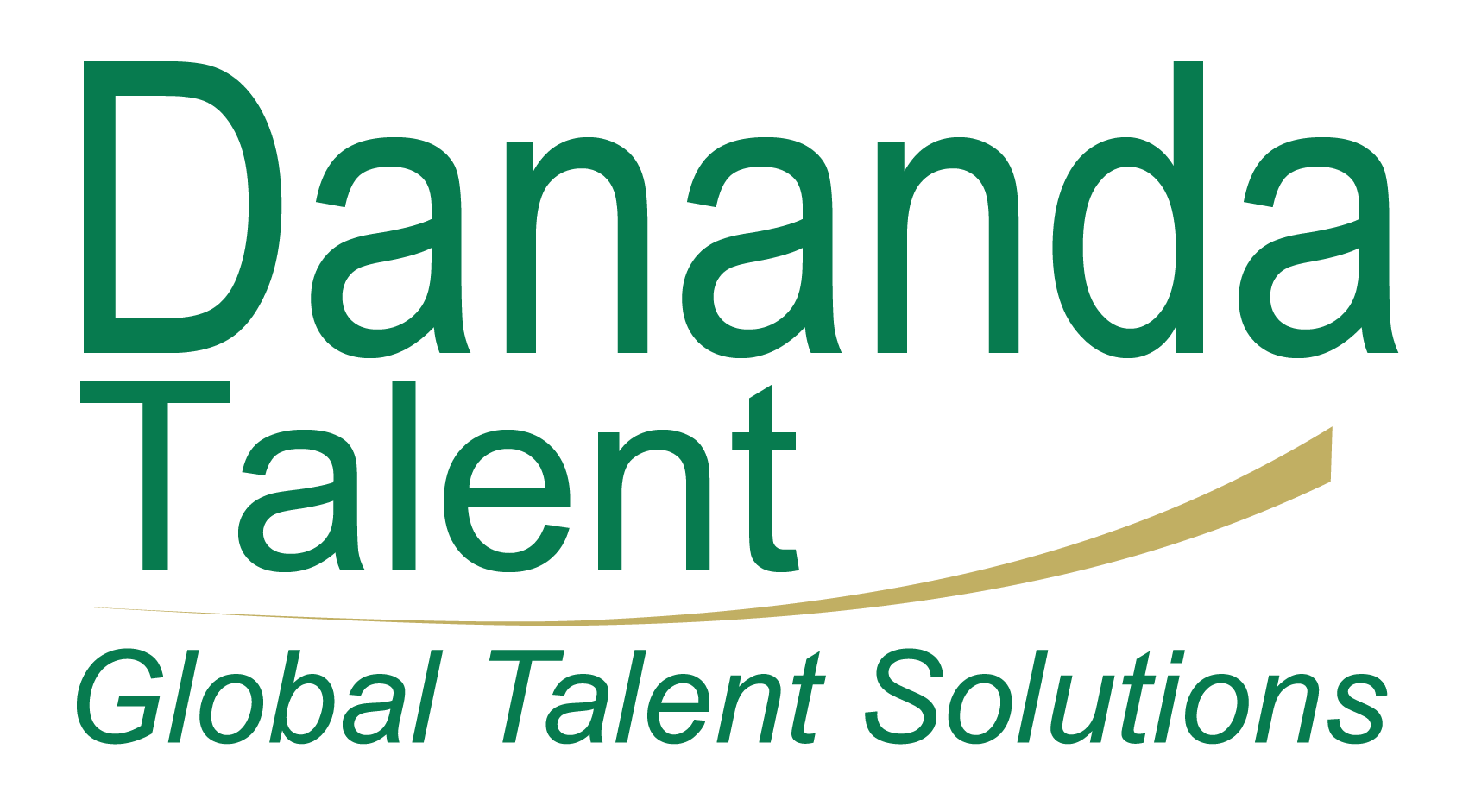If you lead hiring in a growing business, you probably know the feeling. A key employee resigns, a new project kicks off, or a client expands their contract, and suddenly you are scrambling to fill critical roles. Interviews are rushed, hiring managers are stressed, and the best candidates accept offers elsewhere before you can move.
This is what happens when hiring is reactive rather than planned. In 2026, with skills shortages still a reality, that approach is expensive, slow and risky. Globally, the average time-to-fill is now about 54 days, and time-to-hire around 44 days, which means vacant seats can drag down productivity for weeks at a time. At the same time, 74% of employers say they are struggling to find the skilled talent they need.
The alternative is simple, but not easy. Build a Talent Pipeline and a long-term workforce plan so that hiring needs are anticipated, not handled in a panic. Done well, this keeps your business prepared, shortens recruitment cycles and helps you consistently attract better quality candidates.
This guide is for business owners, HR leaders and talent acquisition teams who want to move from firefighting to forward planning.
What is a Talent Pipeline, Really?
A Talent Pipeline is a pool of people who could realistically fill your critical roles in the future.
Instead of starting every search from zero, you are continuously identifying, engaging and nurturing potential candidates before a vacancy opens. That pool can include:
- Silver medallists from previous processes
- Internal employees with growth potential
- Warm passive candidates you have already spoken to
- Talent referred by your network or specialist partners
In 2026, the point of a Talent Pipeline is not just speed. Managed well, it improves the match of skills, reduces time-to-hire and strengthens your employer brand, because candidates feel known rather than treated as a transaction.
A Talent Pipeline sits inside a wider practice: long-term workforce planning.
Why Long-Term Workforce Planning Leads To Better Hiring Outcomes And Reduced Turnover
Workforce planning is the discipline of aligning your people strategy with your business strategy, over a time horizon of at least 12 to 36 months. When you combine that planning with a Talent Pipeline, you get three big advantages.
- You hire for where the business is going, not just where it is today.
The World Economic Forum estimates that about 39% of workers’ existing skill sets will be transformed or become outdated between 2025 and 2030. If you only recruit for current job descriptions, you risk filling roles with skills that will soon be obsolete. - You reduce the risk and cost of poor hires.
A strong pipeline and better workforce planning mean you are not forced into rushed decisions. Research on talent management strategies shows that thoughtful practices around selection, feedback and development lead to higher retention and lower turnover costs. - You tackle skills gaps in a structured way.
Employer skills surveys show that around a quarter of all vacancies are skill-shortage vacancies that are hard to fill because applicants lack the right qualifications and experience. Workforce planning and pipelining allow you to identify those gaps early and build targeted sourcing and development strategies so that you are not surprised when a critical role opens.
Professional bodies such as CIPD note that effective workforce planning is directly linked to improved retention, better productivity and more focused people development. In plain terms, planning ahead makes your hires better and helps you keep them longer.
The Talent Pipeline Process: A High-Level View
Every organisation will design its own version, but most effective Talent Pipelines follow a similar cycle:
- Diagnose future business needs and critical roles.
- Map the skills and talent segments you will need for those roles.
- Attract potential candidates into your orbit through the right channels.
- Assess and segment them into “ready now”, “ready soon” and “long-term”.
- Nurture the relationship with meaningful, ongoing touchpoints.
- Convert quickly when a relevant vacancy opens.
- Measure and improve using clear recruitment and retention metrics.
The rest of this guide breaks that into concrete, practical steps you can follow.
Step-by-Step: How To Build A Stronger Talent Pipeline In 2026
1. Start With The Business Roadmap
Sit with your executive team and line managers and look 12 to 36 months ahead.
- What revenue or growth targets are you working towards
- Which products, services or markets are you expanding into
- What organisational changes are already planned
From there, identify the roles that are genuinely critical to delivering that strategy. These might be leadership positions, specialised technical roles, or customer-facing roles that drive revenue. Your Talent Pipeline must focus here first, not on every role in the organisation.
2. Map Skills And Talent Segments
For each critical role, define:
- Core technical skills
- Behavioural and leadership competencies
- Minimum experience bands
- Location or remote requirements
Overlay this with known skills gaps in your business. Studies on skills gaps highlight that mismatches between available skills and business needs are one of the biggest barriers to growth and productivity.
Turn this into 3 to 5 priority talent segments. For example:
- Senior software engineers with cloud experience
- Mid-level sales executives in a specific sector
- Finance professionals with strong data skills
These segments will shape your sourcing and nurture plans.
3. Build Your Sourcing Ecosystem
A Talent Pipeline lives across multiple channels, not just a job board. For each segment, decide where your ideal candidates already spend their time and attention. Typical sources include:
- LinkedIn, GitHub or niche platforms for specialist roles
- Professional bodies and industry events
- Targeted job boards or regional platforms
- Employee referrals and alumni networks
- Specialist firms that already curate niche talent pools
If you work with external partners, choose those that think in pipeline terms, not just transactional placements. Partners like Dananda Talent can help you maintain an ongoing flow of pre-qualified candidates aligned to your long-term workforce needs, not just your latest vacancy.
4. Design The Candidate Journey
Think of your Talent Pipeline as a simple funnel:
- Aware of your employer brand
- Interested in your organisation
- Engaged in dialogue with your team
- Assessed and shortlisted
- Ready now or ready soon
Decide what “good” looks like at each stage. For example:
- At the awareness stage, a “win” might be a candidate who has attended your webinar or followed your company page.
- At the engaged stage, a “win” might be someone who has had an initial conversation and shared a CV, but is not ready to move yet.
Align your content and communication plan with those stages. This might include thought leadership articles, career stories from current employees, short videos on your culture or simple email check-ins.
5. Put Structure Around Screening And Assessment
A Talent Pipeline without structure can easily become a glorified database. To avoid that, define:
- Screening criteria that can be applied consistently
- A light-touch assessment process for pipelined candidates
- How you will record their skills, interests and mobility
You do not need to run a full interview process for every pipelined candidate. Short, structured conversations and simple assessment tools are often enough to understand where they fit and how “ready” they are.
6. Nurture Relationships Between Hiring Cycles
The biggest mistake companies make is engaging candidates once, then disappearing. A pipeline only works if people feel that the relationship is active and worthwhile even when there is no open role.
Plan a realistic nurture rhythm:
- Quarterly check-ins by email or LinkedIn message
- Invitations to relevant events, webinars or roundtables
- Occasional insights into your industry or company developments
Automation can help, but avoid generic bulk messages. Use tags or segments so that communication is relevant to the candidate’s role and interests.
7. Integrate Internal Talent And Succession Planning
Your strongest Talent Pipeline is often inside the business. Workforce planning should identify employees who can grow into critical roles with the right development.
- Map potential successors for key positions
- Give them stretch assignments, mentoring or formal learning
- Align timelines so that internal moves and external hiring support each other
Research on HR practices shows that organisations which invest in clear development pathways and internal mobility see higher work engagement and reduced turnover intentions, particularly in knowledge-intensive sectors.
8. Track The Right Metrics
Finally, decide how you will measure whether your Talent Pipeline is working. Useful metrics include:
- Time-to-fill and time-to-hire for pipelined roles versus non-pipelined roles
- Offer acceptance rate
- Quality of hire, using performance or probation outcomes
- First-year and second-year turnover for pipelined hires
- Source-of-hire analysis to see which channels produce the best long-term performers
Over time, you should see faster hiring for critical roles, higher acceptance rates and lower turnover, especially in positions that previously felt difficult to fill.
Data Check: Why Talent Pipelines Matter In 2026
A few key numbers highlight why building a Talent Pipeline and planning ahead is no longer optional.
- Skills shortages are still widespread. ManpowerGroup reports that 74% of employers globally struggle to find the skilled talent they need, a figure that has remained stubbornly high.
- Vacancies are slow to fill. Global benchmarks show an average time-to-fill of around 54 days and time-to-hire of about 44 days, meaning vacant posts can disrupt teams for nearly two months.
- Skill requirements are shifting. The World Economic Forum expects 39% of core skills to be transformed or outdated by 2030, which means today’s job descriptions will not match tomorrow’s real needs.
- Skills gaps drive hard-to-fill roles. In employer surveys, about 27% of vacancies are classified as “skill-shortage vacancies”, where the right capabilities simply are not available in the applicant pool.
Taken together, the message is clear. If you wait until a vacancy appears before you look for talent, you are already behind.
Short Case Study: From Firefighting To Forecasting
Consider a mid-sized professional services firm with 200 employees.
For years, the firm hired reactively. Senior consultants would resign with one month’s notice, and it regularly took 70 to 80 days to backfill their roles. Projects were delayed, remaining team members burned out and clients quietly began to test other providers.
In 2024, the HR lead persuaded the executive team to invest in building a Talent Pipeline for two critical segments: senior consultants and project managers.
They started by:
- Mapping their projected project pipeline and identifying how many senior hires would probably be needed over the next 18 months
- Partnering with a specialist talent firm to keep a warm pool of 30 to 40 pre-qualified candidates in those two segments
- Running a quarterly online event where potential candidates could hear from current team members, ask questions and learn about the firm’s culture
- Introducing a structured, but short, early screening conversation for pipelined candidates, so they could be slotted quickly into live vacancies
Within a year:
- Time-to-fill for senior consultants decreased from around 75 days to 45 days
- Offer acceptance rates improved because candidates already understood the culture and the work
- First-year turnover for those critical roles dropped significantly because matches were better and onboarding more deliberate
Nothing about their market got easier. Client expectations remained high and the competition was still strong. The difference was that the firm no longer lived in constant hiring crisis mode. Leaders could see their talent risks and opportunities months ahead instead of days.
Bringing It All Together: Act Before You Need The Hire
Building a stronger Talent Pipeline in 2026 is not about creating a bigger spreadsheet of CVs. It is about shifting your mindset from “we hire when a vacancy appears” to “we always stay one hire ahead in our critical roles”.
If you:
- Align your talent strategy with your business roadmap
- Focus on the roles that truly move the needle
- Build and nurture multi-channel Talent Pipelines
- Integrate internal development and external sourcing
- Measure outcomes and refine over time
you will find that hiring becomes calmer, faster and more strategic. You will also reduce turnover, because better-matched people stay longer and contribute more.
If your organisation is ready to move from reactive recruitment to proactive workforce planning, it can help to work with a partner that specialises in building Talent Pipelines for growing businesses. Explore how Dananda Talent supports hiring teams to plan ahead, reduce recruitment time and secure high-calibre professionals before the need becomes urgent.











